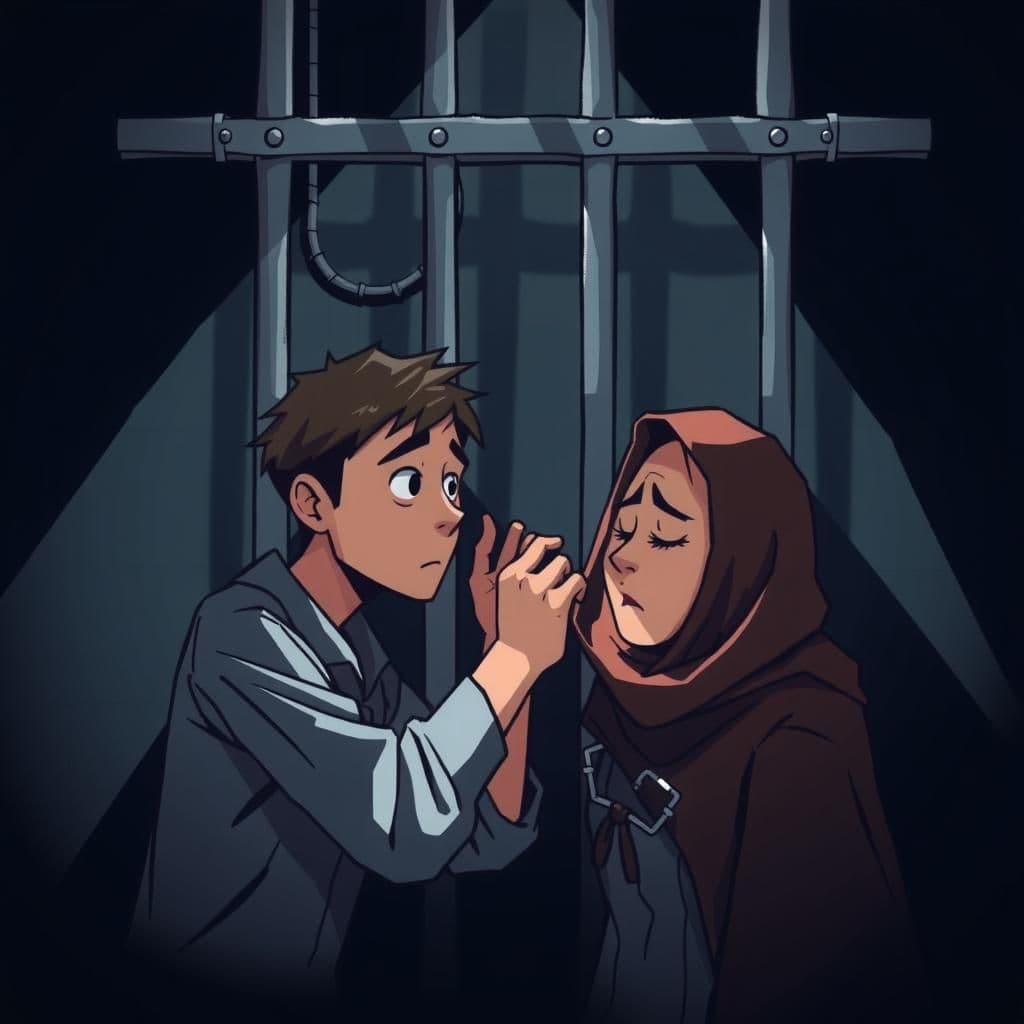The Cat-Maiden
In "The Cat-Maiden," a culturally significant moral story, Jupiter and Venus debate the possibility of changing one's true nature. To prove his point, Jupiter transforms a Cat into a Maiden and marries her to a young man. However, during the wedding feast, when a mouse is released, the bride's instinctive leap to catch it reveals that her true nature remains unchanged, illustrating the moral that one's inherent traits cannot be altered.

Reveal Moral
"One's inherent nature cannot be changed, regardless of external circumstances or transformations."
You May Also Like

The Young Thief and His Mother
In this creative moral story, a young man, condemned to execution for theft, confronts his mother during a final meeting, punishing her by biting off her ear for failing to reprimand him as a child. This shocking act serves as a grim reminder of the importance of proper guidance in childhood, underscoring the moral that neglecting to correct misbehavior can lead to dire consequences. Supported by a priest who echoes the sentiment that one must train a child in the right way, the story serves as a poignant lesson drawn from real-life stories with moral implications.

The Cat and the Youth
In the captivating short story "The Cat and the Youth," a cat in love with a handsome young man asks Venus to transform her into a woman. However, when a mouse appears, her panic reveals her true nature, leading to the young man's rejection. This concise moral story illustrates that true identity cannot be hidden, making it a valuable lesson for students.

The Mouse and the Bull
In this creative moral story, a Bull, enraged after being bitten by a Mouse, attempts to capture the tiny creature but ultimately fails, ending up perplexed and exhausted outside the Mouse's hole. Seizing the moment, the Mouse nibbles the Bull again, demonstrating that in animal stories with moral lessons, the small can indeed inflict harm on the seemingly mighty. This tale illustrates that strength does not always guarantee success, a valuable lesson for childhood stories with moral teachings.